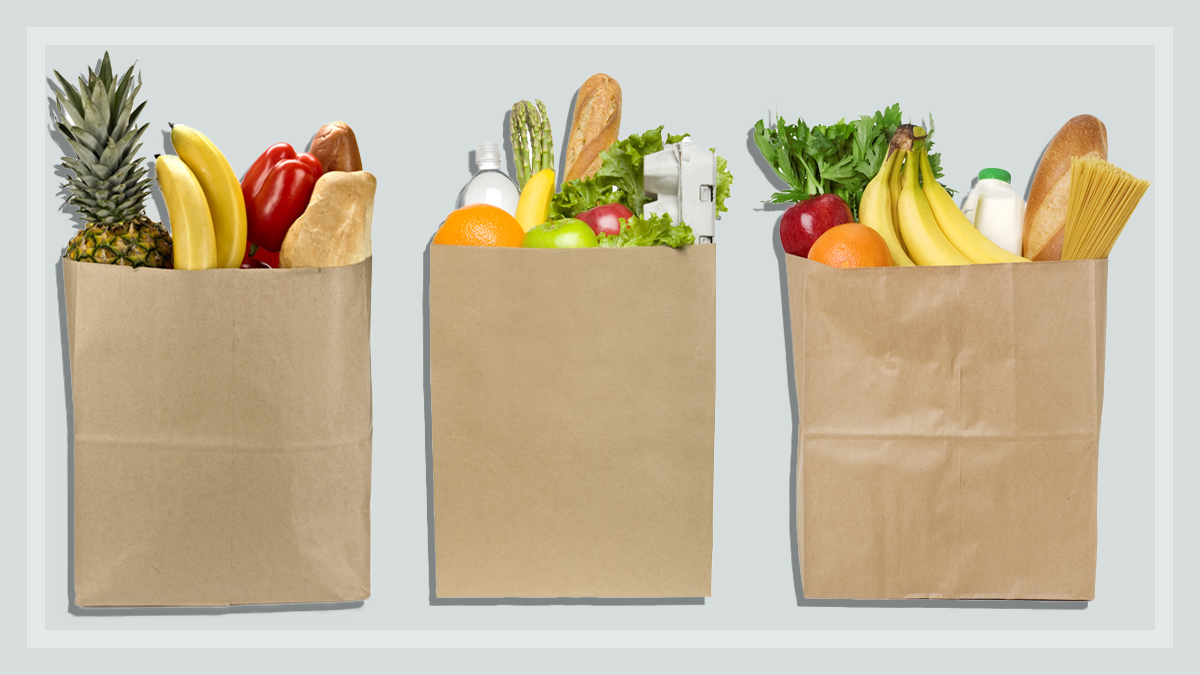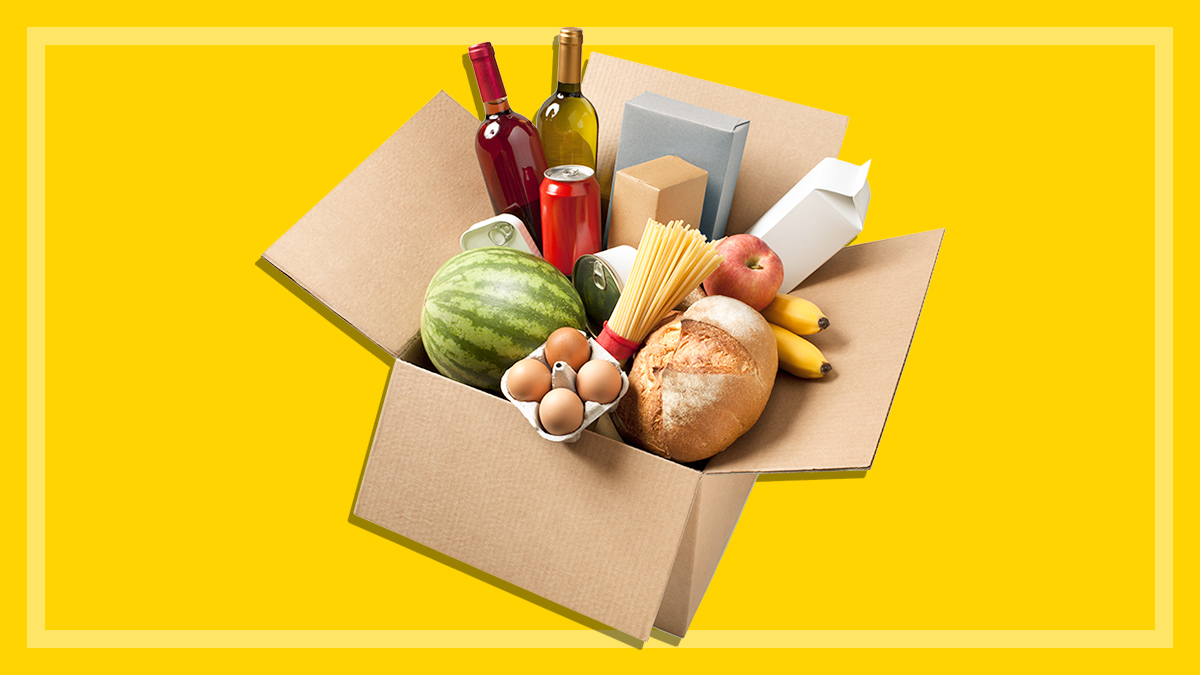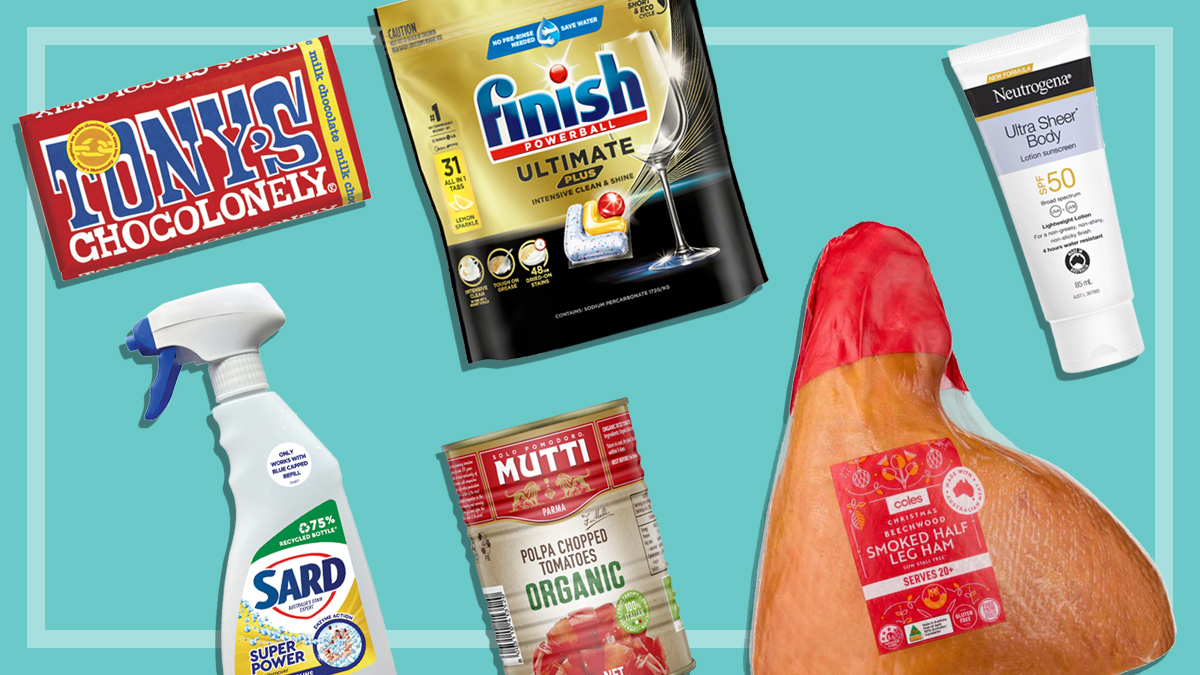Get our independent lab tests, expert reviews and honest advice.
Why sticking to one supermarket is costing you money

Need to know
- Spreading your regular grocery shop across multiple supermarkets is one of the best ways to find savings
- CHOICE Community members who practise multi-store shopping tell us they can save 20% to 40% off their weekly groceries
- This method requires planning, and resisting supermarket tactics designed to get you to spend more
The cost of a grocery shop continues to bite. In our June Consumer Pulse survey, 87% of respondents say they’re concerned by how much they’re paying at the checkout.
Doing the regular grocery shop across multiple supermarkets or grocery stores is one of the most common ways savvy consumers save money, and this practice of polygamous purchasing may be on the up.
A senior Coles executive recently told a parliamentary inquiry that the company had seen customers shopping more often, but being more selective and conscious of specials offered by other retailers.
We look at how to make multi-store shopping work for you, and just how much money you might be able to save by using this method.
Why you should shop across multiple stores
“It’s really simple that, financially, this makes the most sense,” says Professor Nitika Garg, a consumer behaviour researcher at the University of New South Wales.
Adopting a practised multi-store approach where and when possible lets you take advantage of each store’s discounted items, says Garg, and helps you avoid attempts to keep you instore and spending on categories for which you’ll be charged more.
“They’ve set up everything to encourage spillover sales – things that you would be better off buying someplace else – and to promote unplanned purchases,” she says.
“So, it’s in the interest of the consumer to have a well thought-out list of things to buy and then look at different options and different places, and get the best deal across different stores.”

How much money can you save?
We asked savvy shoppers in the CHOICE Community who practice multi-supermarket shopping how much they thought they were saving each week.
Several came forward with estimates that they were knocking 20 to 40% off their weekly grocery bill by taking the extra time to shop across multiple outlets.
Some CHOICE Community members estimated they were knocking 20 to 40% off their weekly grocery bill
Garg agrees these kinds of savings are possible if consumers are ruthless in taking advantage of the biggest discounts across several stores.
“If you’re actually being very strategic about it, I think you could easily save 20 to 30% on your shop – just because if you’re going tactically for the best-price products or the deals, that’s where [supermarkets] are willing to give up their margins,” she says.
Tips for shopping across supermarkets
1. Start with a list
The retail experts we spoke to all said successful multi-store shopping begins with creating a list of what you need before heading in-store.
“The more you can do that, the less the chance of getting tempted by [supermarket] tactics,” says Garg.
2. Research prices
Following this, it’s important to get to know what’s on special at each nearby store and see which items on your list can be found for less at each location.
You can keep track of regular specials by:- downloading supermarket shopping apps on your phone
- visiting supermarket websites
- browsing catalogues
- signing up to emails to be notified of discounts on your favourite products.
Third-party apps like WiseList and Frugl are also options and claim to do grocery price comparisons for you.
Good timing can be useful here, too – Coles and Woolworths release their weekly grocery specials every Wednesday and they last until the following Tuesday, while Aldi’s Special Buy range of discounts, on the other hand, change every Wednesday and Saturday.
So when you’re planning, make sure the specials you’re building your shop around will still be valid if you’re preparing your list a few days in advance.
3. Be flexible
Gary Mortimer, professor of retail marketing and consumer behaviour at Queensland University of Technology, says consumers wanting to make the most of multi-store shopping should also be prepared to practice some flexibility.
“You may need to reconsider different brands,” he advises. “So, you may not get your favourite brand of tinned tuna and you might have to choose an alternative brand that’s on special for that week.”
4. Factor in the effort
It’s important during this process to not overestimate how much you’ll save by spreading your shopping across several stores, especially if they’re quite far apart.
Mortimer urges consumers to consider the extra work they might have to put in to grab a bargain, and weigh this against the savings on offer.
“If you find you’re having to drive to different suburbs to access a particular retail brand or a supermarket, you may find the extra time and energy and fuel costs detract from the actual savings you can make on your groceries,” he says.
Spread your grocery shop and save: Save up to 40% by shopping across Coles, Aldi and Woolworths
1. Prepare a list of what you need to buy
2. Research specials at each store and plan your route accordingly
3. Be flexible about trying new and different brands on special
4. Weigh up the travel time and extra effort against the savings on offer
5. Avoid falling for supermarket tactics designed to get you to spend more
Supermarket tactics to get you spending
Supermarket companies employ all sorts of tricks to get you to complete your grocery shop in their store – and to buy things that aren’t even on your shopping list.
‘Loss leaders’
One key tactic that’s used to get you to make unplanned purchases, says consumer behaviour researcher Nitika Garg, is the prominent display of ‘loss leaders’ instore.
“These are products that they might be selling at cost or a very nominal profit margin,” she explains.
“[Supermarkets] know that: ok, we might not be making a lot of money on these, but once the consumer is in, they will buy the rest of [their products] and that’s where we will make our money.”
Strategic placement
Alongside these seductive specials, stores will also put common essential purchases such as bread and milk in the furthest reaches of the shop, to get you to spend more time instore, during which you might buy more products.
Loyalty programs
Queensland University of Technology’s Gary Mortimer says another supermarket tactic that can waylay a multi-store shopper is loyalty programs.
“[Customers are encouraged to] join up to loyalty programs in order to get those exclusive deals which they can’t get elsewhere,” he explains.
“[They] can hook you in and keep you buying at one store, which may limit your ability to look more broadly at other alternatives.”
Other ways to save money on your groceries
Of course, not everybody will be able to take advantage of the savings offered by shopping around for groceries.
Many CHOICE members told us they weren’t able to shop across multiple stores due to lack of time or stores within a reasonable distance of their home.
Many CHOICE members told us they weren’t able to shop across multiple stores due to lack of time or stores within a reasonable distance
Nitika Garg says even if you can’t visit an assortment of shops, doing something as simple as carefully considering what you need and planning your shopping accordingly will reduce your chances of spending more on unnecessary purchases.
If you really want to fine-tune your shopping organisation, try meal planning and coming up with a schedule of batch cooking meals for freezing.
Once you’re instore, here are some ways to limit what you pay at the checkout:
- Check the unit price to see where you could be getting better value for money across different brands or product sizes.
- Try homebrand products – many of these have outperformed or done just as well as flagship brands in our recent taste tests.
- Look for product refills, especially when buying cleaning products like soap.
- Avoid pre-cut, packaged fruit and vegetables, which are often multiple times more expensive than the unprocessed originals.






